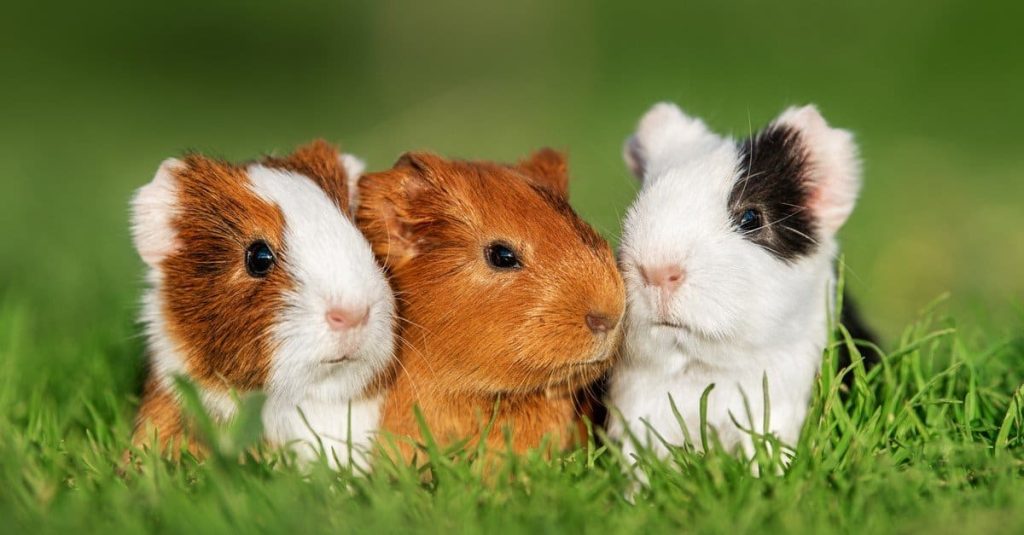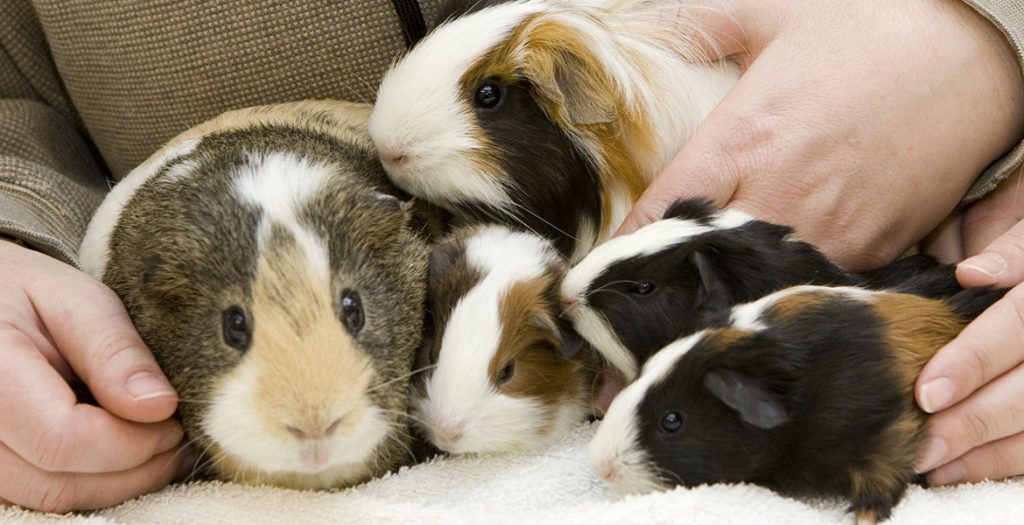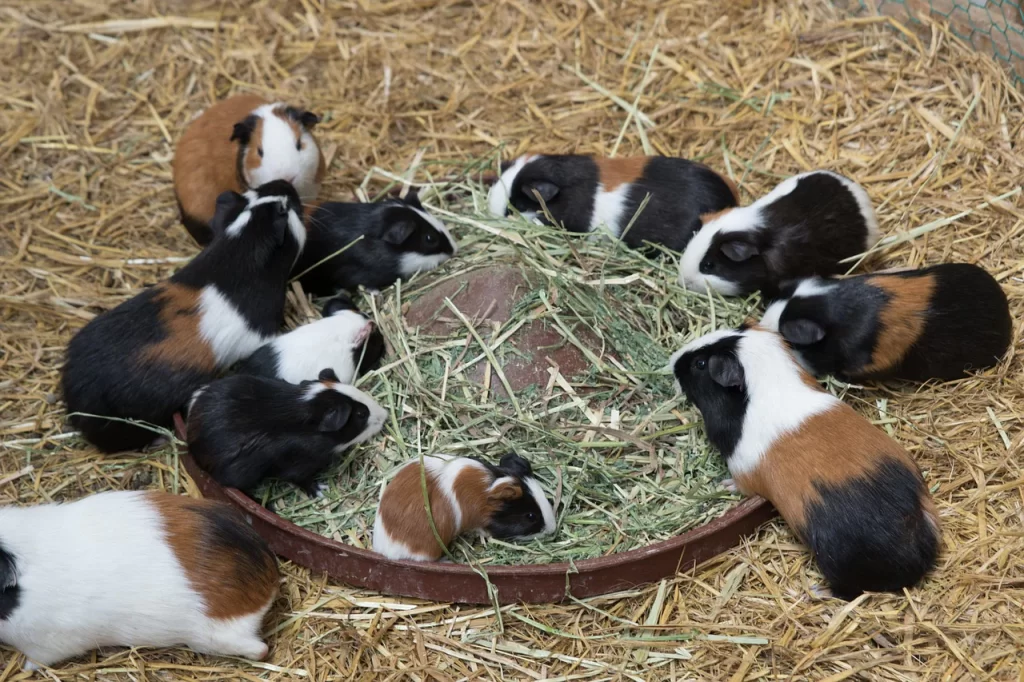Breeding hamsters can be a rewarding experience for pet owners. However, it’s important to have a thorough understanding of hamster breeding and reproduction before deciding to breed them. In this article, we will discuss the basics of hamster breeding and reproduction, including the breeding process, gestation, and care of newborn hamsters.

- Breeding Process
Before beginning the breeding process, it’s important to ensure that you have a healthy male and female hamster that are compatible for breeding. Hamsters typically reach sexual maturity between four to six weeks of age, although it’s best to wait until they are three to four months old before breeding.
When introducing the male and female hamsters, it’s important to supervise them closely to ensure that they get along. Hamsters are solitary animals and can become aggressive towards each other if they are not properly introduced. Once the hamsters have bonded, they can be placed in the same cage for breeding.
The female hamster is in heat every four days and will be receptive to mating during this time. Mating typically lasts for a few seconds and may occur multiple times over a period of several hours. After mating, it’s important to separate the male and female hamsters to prevent any further mating.
- Gestation
Hamsters have a gestation period of around 16 to 18 days. During this time, it’s important to provide the pregnant hamster with a comfortable and stress-free environment. This includes providing a suitable nesting area, such as a small cardboard box filled with shredded paper or other nesting materials.
The pregnant hamster may become more aggressive towards other hamsters and may become less active as the due date approaches. It’s important to continue to provide the hamster with fresh food and water during this time, as well as cleaning the cage regularly to maintain a clean and healthy environment.

- Care of Newborn Hamsters
Newborn hamsters are born blind, hairless, and unable to regulate their body temperature. It’s important to provide them with a warm and safe environment, such as a small nest box filled with soft bedding material. The mother hamster will typically take care of the newborns, nursing them and keeping them warm.
It’s important to avoid disturbing the mother and newborns as much as possible during the first few days after birth. This can cause stress for the mother hamster and may cause her to neglect or abandon her newborns.
After a few days, the newborn hamsters will begin to develop fur and their eyes will begin to open. At this point, they may begin to explore their surroundings and become more active. It’s important to continue to provide them with a warm and safe environment, as well as a suitable diet consisting of high-quality hamster food and fresh water.

Breeding hamsters can be a rewarding experience for pet owners. However, it’s important to have a thorough understanding of hamster breeding and reproduction before deciding to breed them. This includes ensuring that both the male and female hamsters are healthy and compatible for breeding, providing a comfortable and stress-free environment during gestation, and providing care for the newborn hamsters after birth. By following these guidelines, you can help ensure a successful and healthy breeding process fo